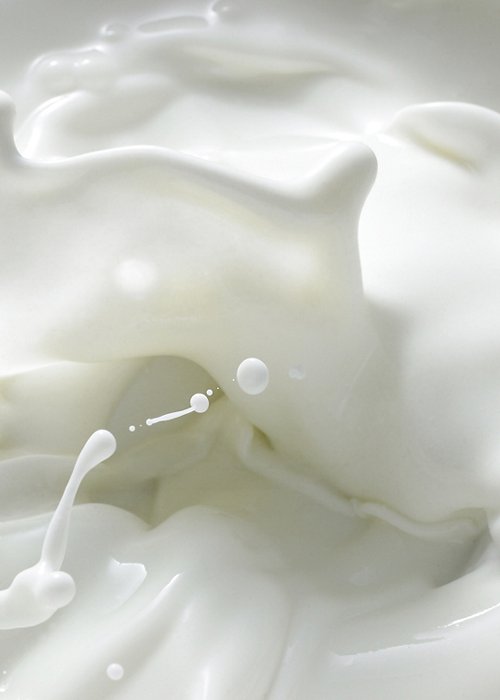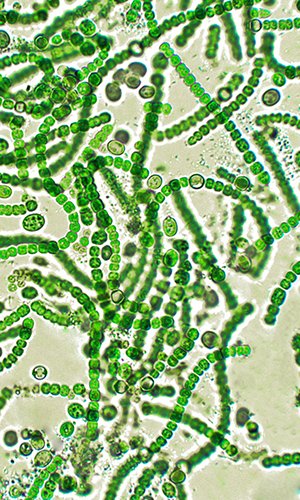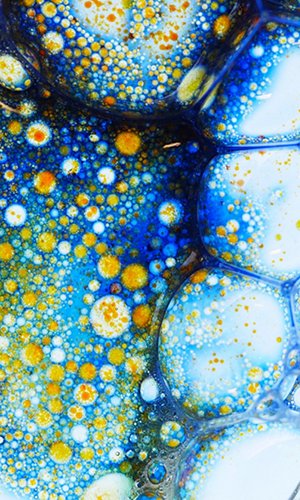Have you ever wondered if the milk you drink is actually safe? The debate over raw milk has resurfaced in recent years, and especially in recent months Proponents claim that pasteurisation reduces milk’s nutritional value and strips away its health benefits, though most of these claims lack scientific support. On the other side, experts agree that avoiding pasteurisation introduces preventable health risks. Pasteurisation dates back to the 19th century. Louis Pasteur, a French chemist, discovered that heating beer to a specific temperature for a set time prevented microbial spoilage. In 1886, German agricultural chemist Franz von Soxhlet applied the same principle to milk. At the time, milk was often a vector for serious diseases like bovine tuberculosis, which caused widespread infection and death. Pasteurisation proved effective at eliminating these dangerous pathogens, reducing infant mortality by 50%. Despite this success, some opposed pasteurisation, believing it altered the taste and nutritional profile of milk. However, consuming raw milk carries significant risk. Before pasteurisation became standard practice, roughly 25% of food- and water-borne disease outbreaks were linked to milk. While tuberculosis is no longer the threat it once was, raw milk can still harbour dangerous pathogens like listeria, E. coli, salmonella, and campylobacter. Nevertheless, an estimated 1% of Americans consume raw milk weekly, despite the fact that the risk of illness from raw milk is 840 times greater than from pasteurised milk. Some claim health benefits from raw milk, but scientific research does not support these beliefs. While pasteurisation may slightly reduce some vitamins, such as vitamin C, milk is not a major source of these nutrients to begin with. Furthermore, there is no scientific evidence that raw milk improves digestion or alleviates lactose intolerance. The risks of drinking raw milk are well documented, while the supposed benefits have no solid scientific foundation. Pasteurisation remains a safe and effective method for eliminating pathogens without compromising milk’s essential nutrients, making it the safer choice for your health.
By Camilla Simoni, 3A Liceo Scientifico Vittorio Veneto, Milan




